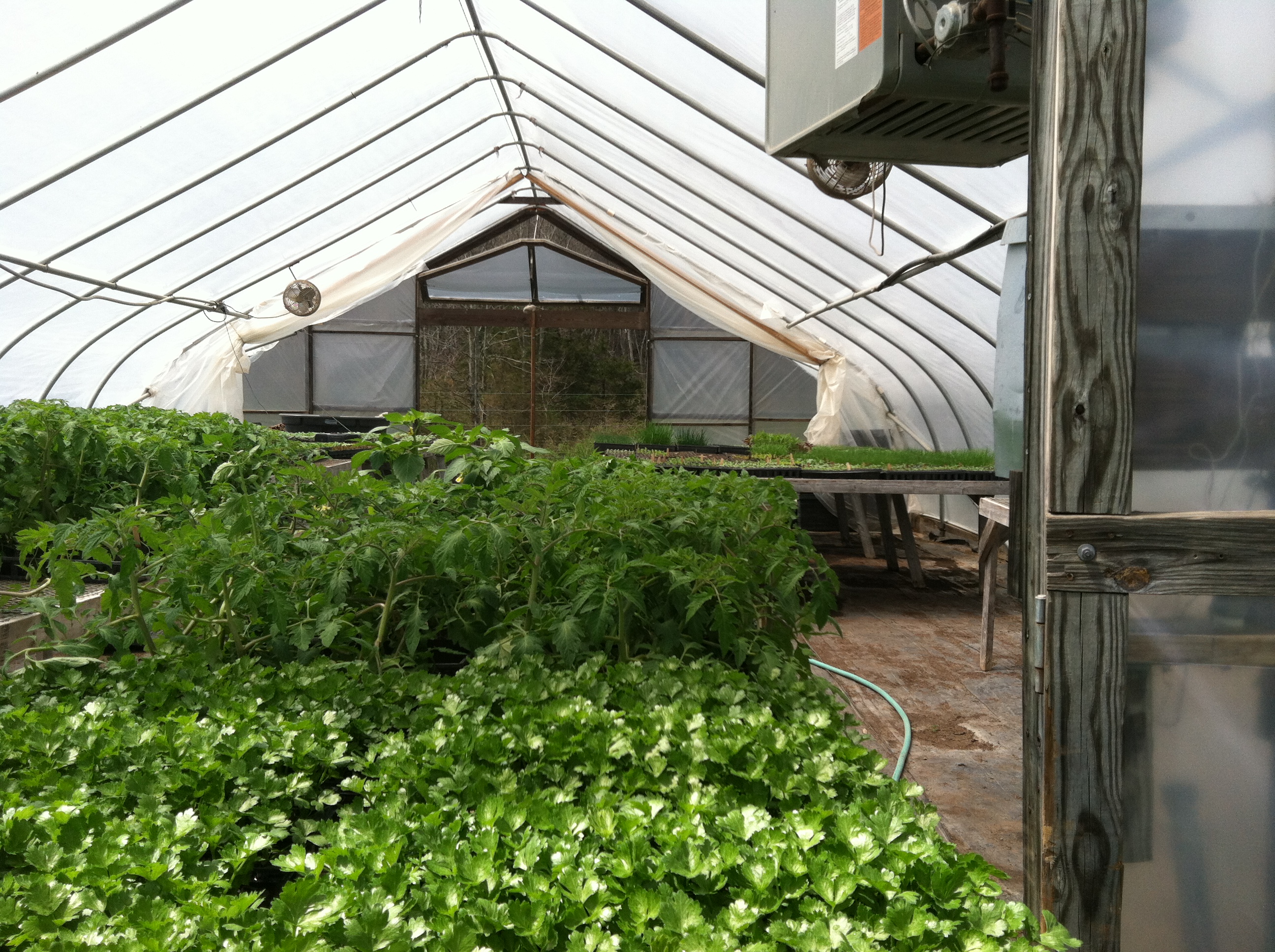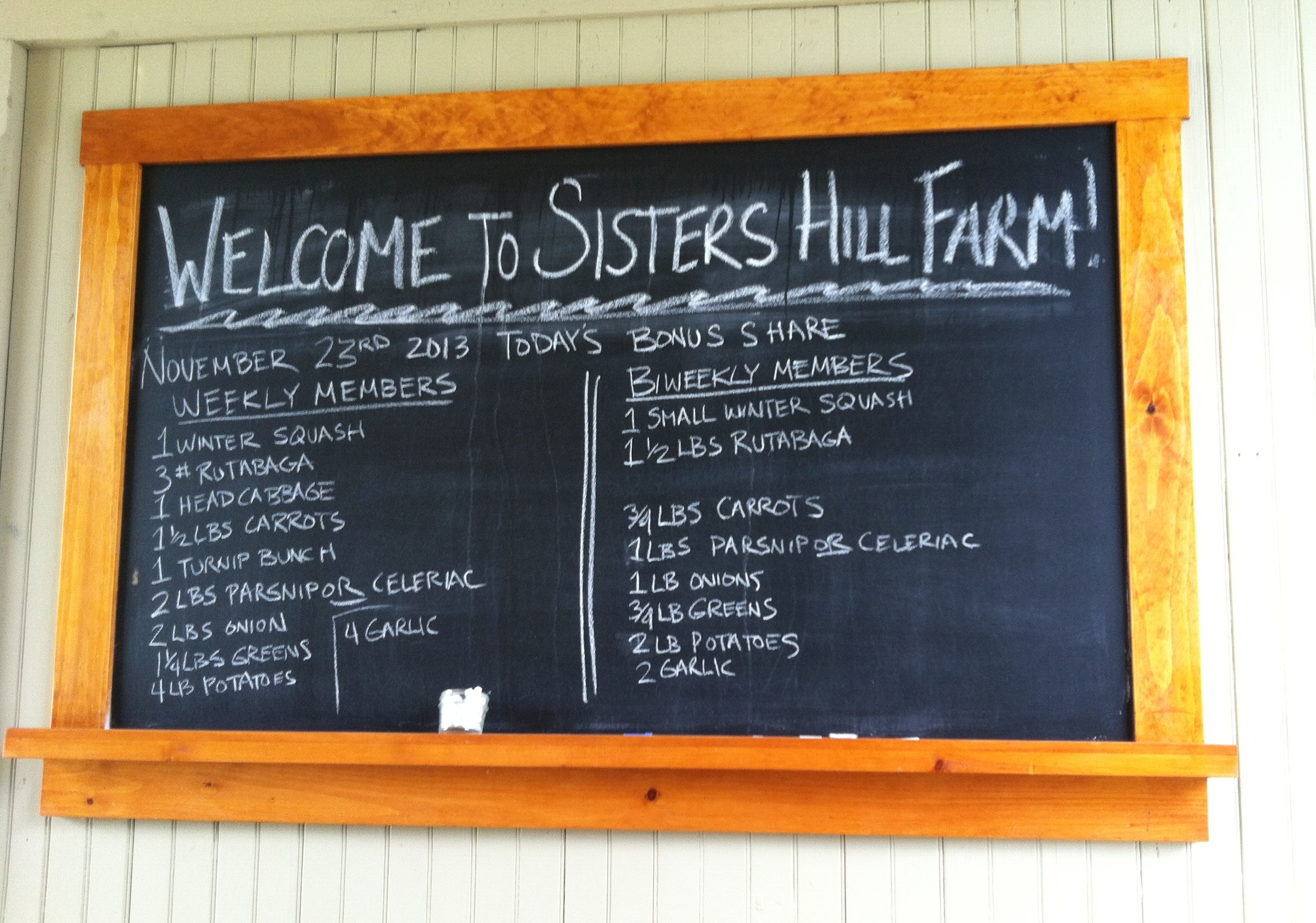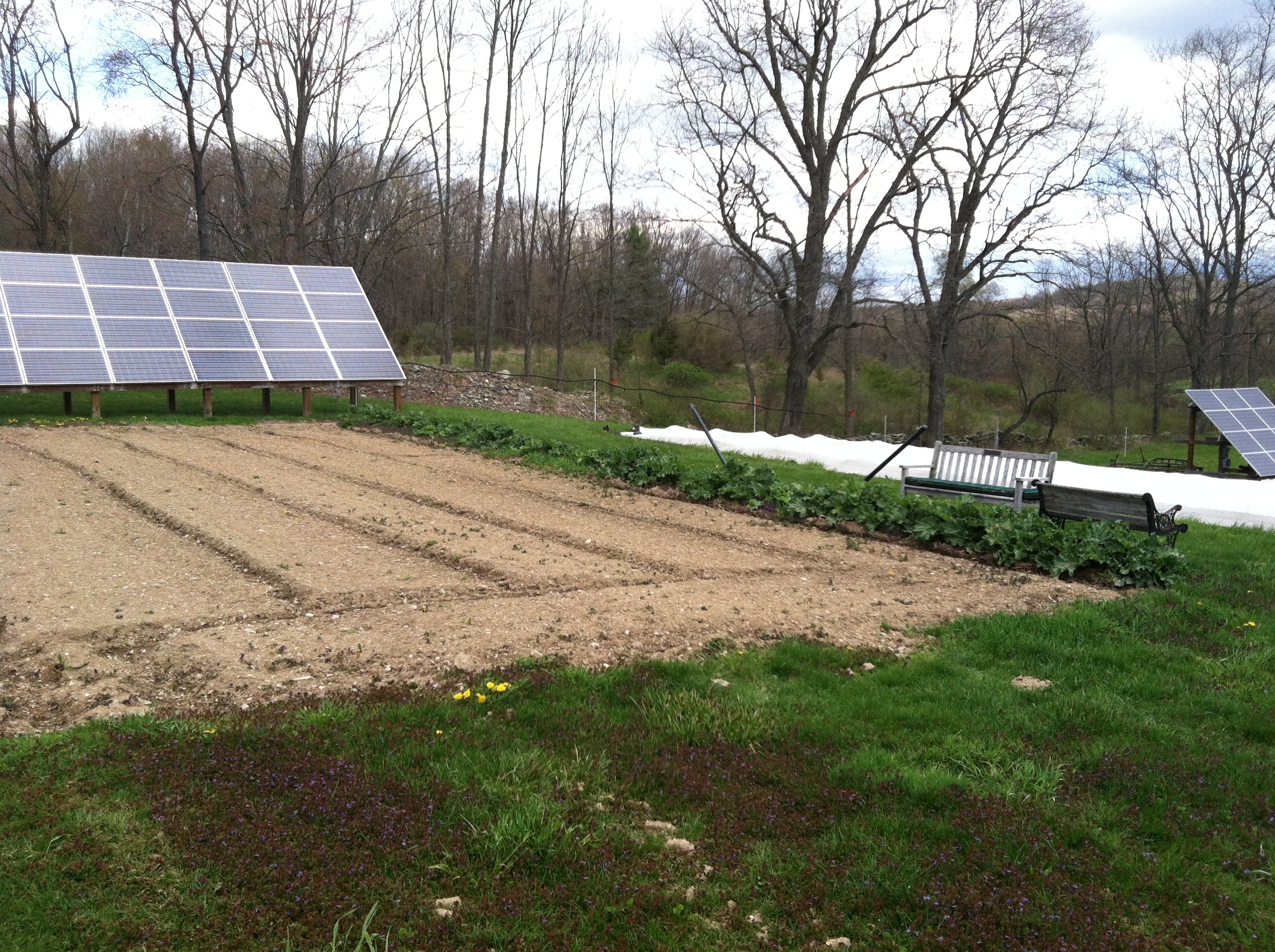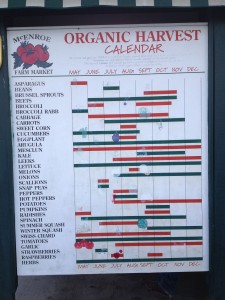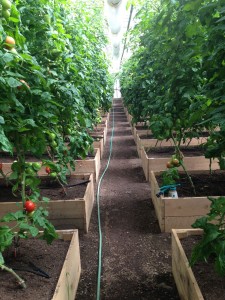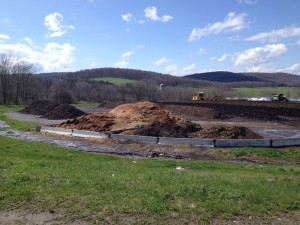After five times field trip to various farms in the New York state, we knew much about agriculture and rural life in American society. As an international exchange student from China, I never know much about the life in the farm and never thought I have the chance to get into the other way of living in America. But the field trip give me the chance to experience it and it is so interesting and attractive! Yes, I was so looking forward to this visit!
This Friday, we went to the Farm to Table Co-Packers, which located 1 hour from Vassar College. Kingston-based Farm to Table Co-Packers is a full-service contract packaging company. The building of this company is the former office of IBM. It was founded by Jim Hyland, who has an ambitious idea to provide the healthy , local food in winter.Because some food cannot be sold in harvest season, it will be wasted. However, the company absorb it and package this food into add- value food in food market so that the food can be sold all round the year, not the short harvest season. Because of it, we can eat healthy food in winter and the surplus food will not be wasted.
This the product of this company.
Now the company has so many kitchens that includes a processing line, a full bakery, an incubator/test kitchen, a cutting-edge “Individually Quick Frozen” system, storage for refrigerated, frozen and dry goods, and multiple loading docks.
This is the machine of product line. It seems so complicated that I do not know how to use it.
The history of farm to Table Co-Packers shakes me. Not like the traditional farms, This company only make the fresh food into value-added product. Now it has become the food- hub in this region. From this trip, I learned that a good idea can create a good company, and the combination of modern and tradition can make our daily life better.
After finished our visit to Table Co-Packers, we came to a beautiful small town- Kingston, which has so many beautiful buildings . there are many interesting stores in the town. The weather is nice, I am so happy when I was looking around to take some beautiful pictures.
I have six field trips in this class from traditional farms to modern company. I have went to many beautiful places . It is so different from the city.
I have seen kinds of animals. they are so cute! See this pictures. You can imagine how interesting of the life in farm!
I have eat many kinds of delicious food, something I never eat before.
Take this class with a great professor and explore more about America.
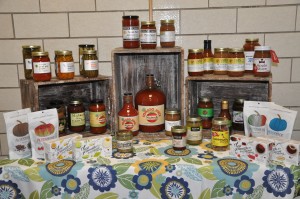
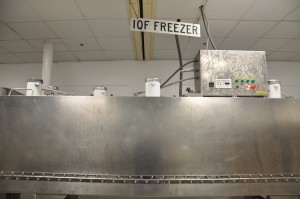
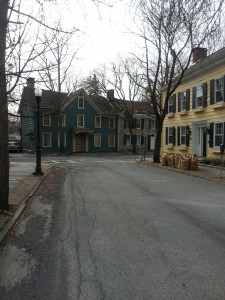
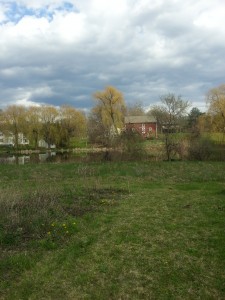
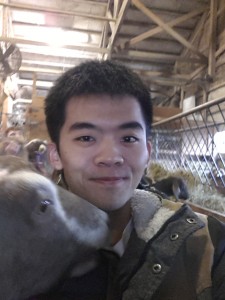
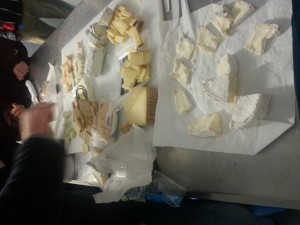
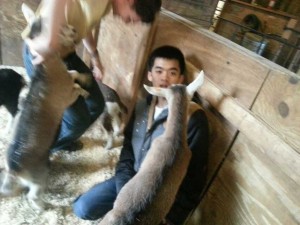
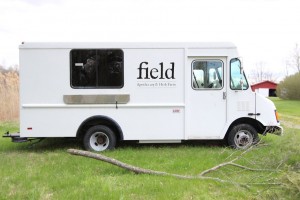
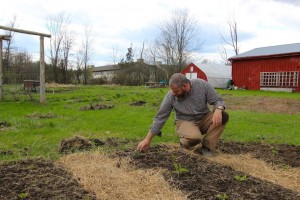
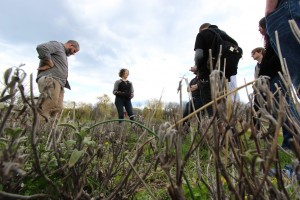
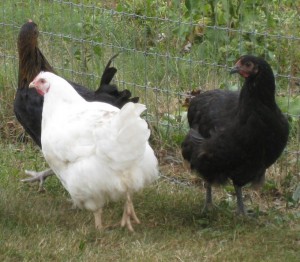

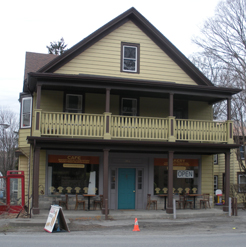
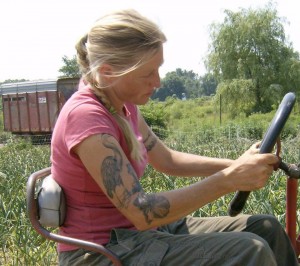
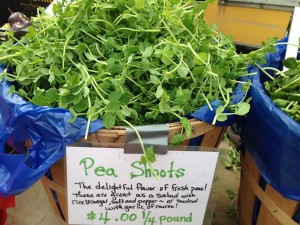
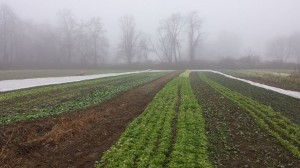

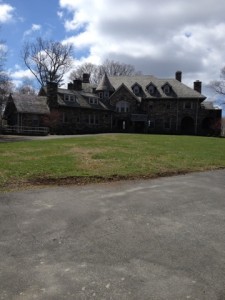
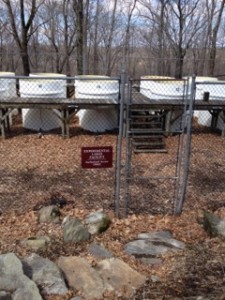
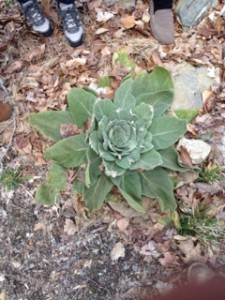
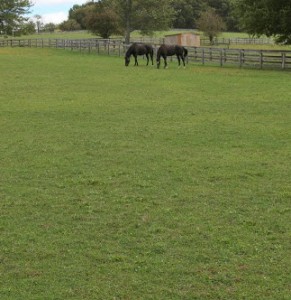


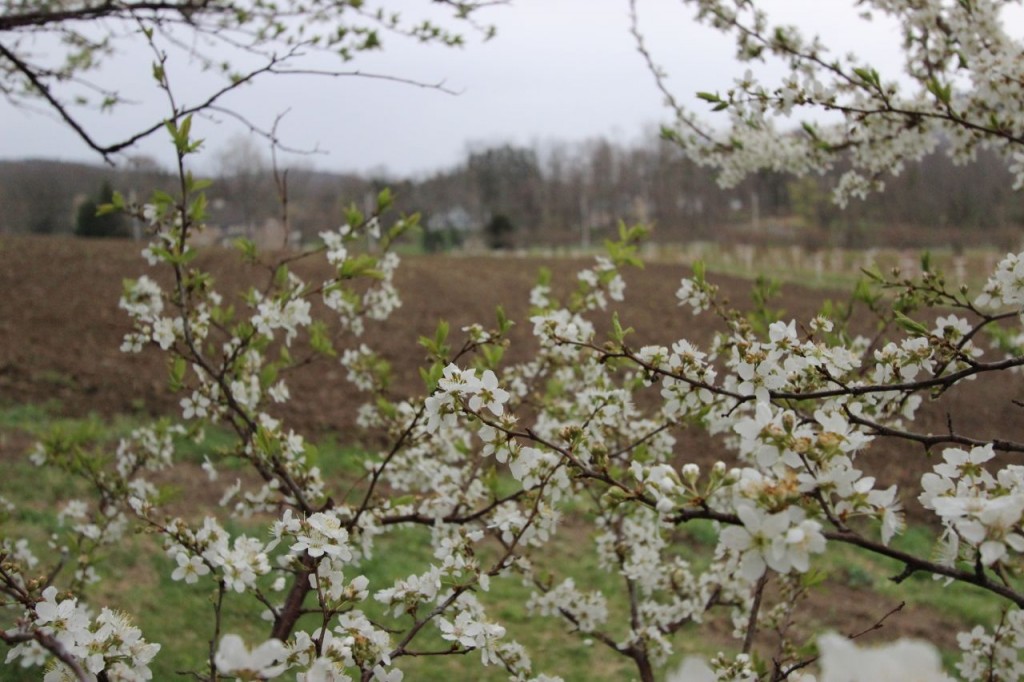
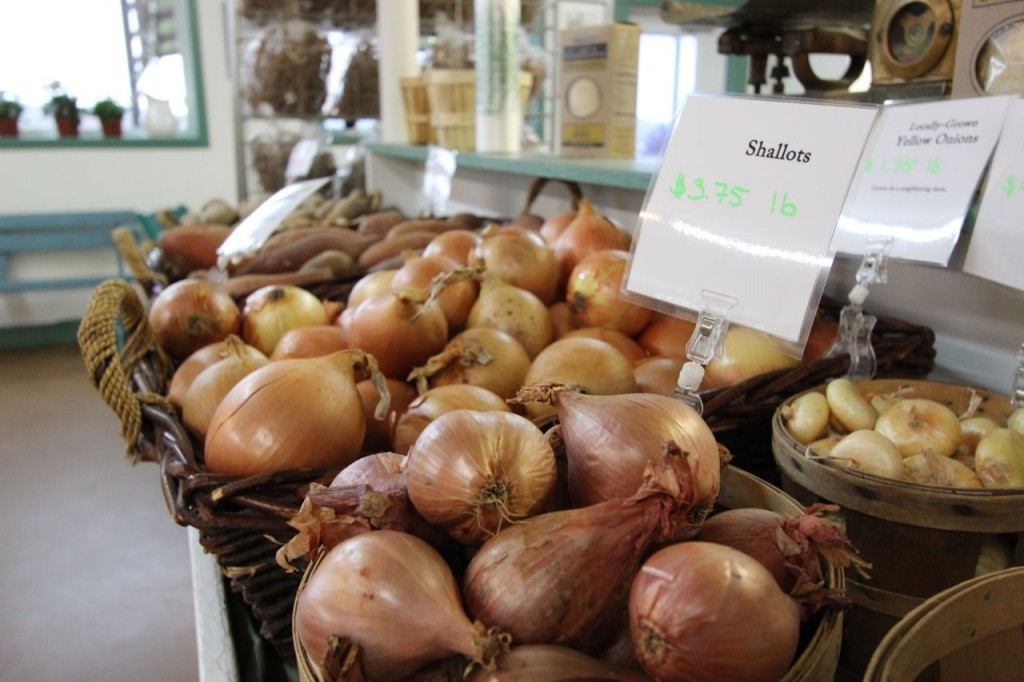
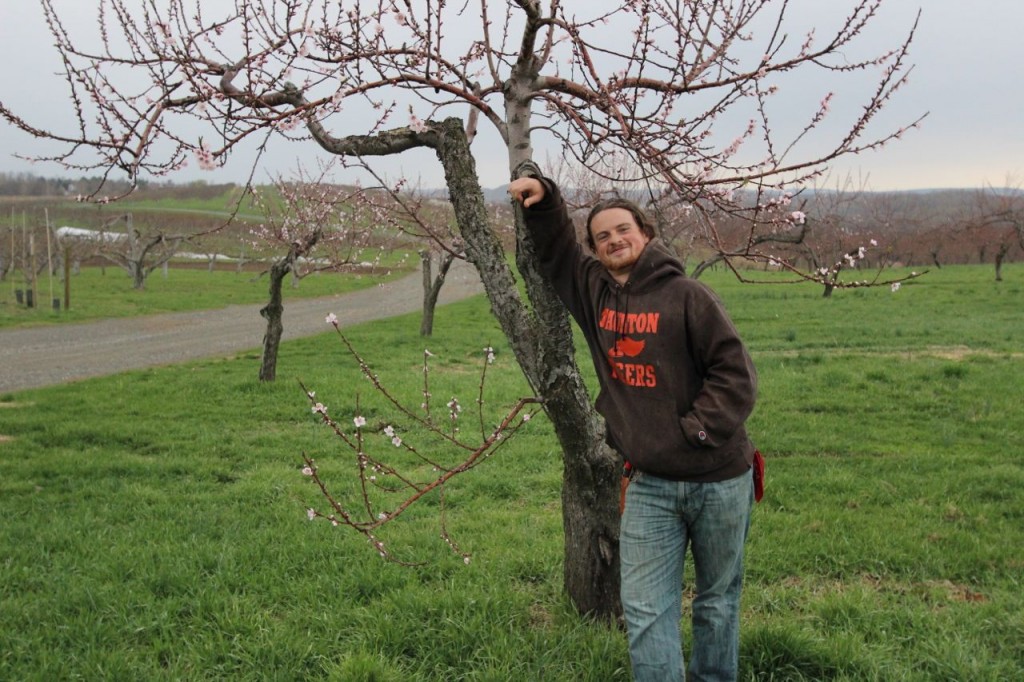
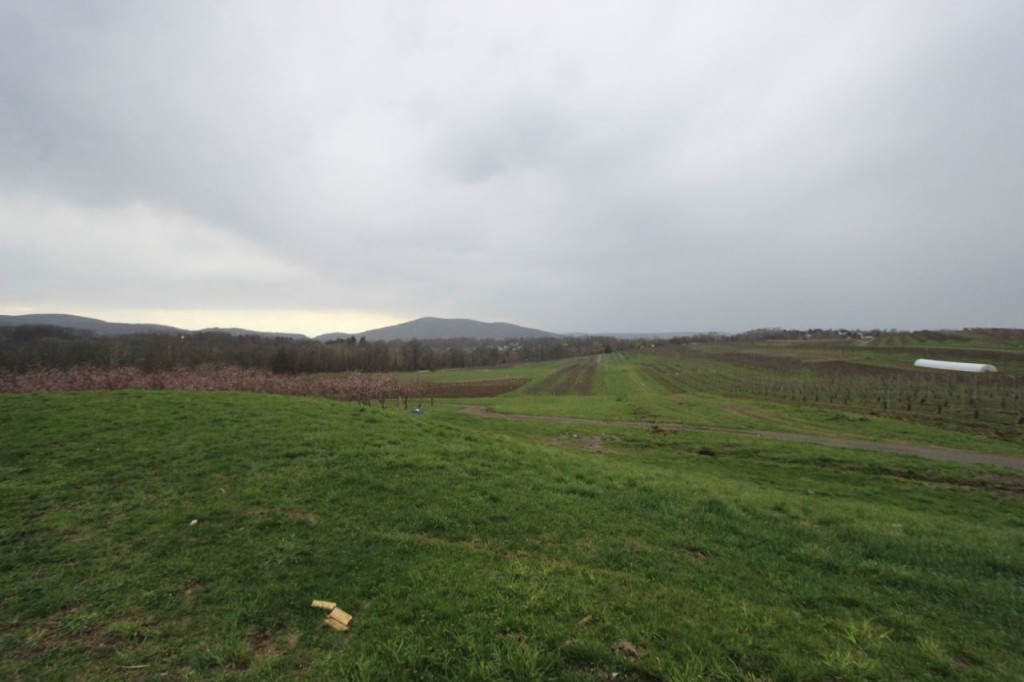
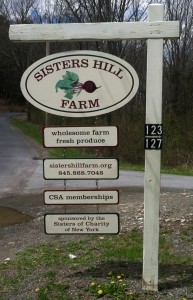 This Sunday I visited Sisters Hill Farm, a CSA in Stanfordville, Dutchess County. The farm was founded by the
This Sunday I visited Sisters Hill Farm, a CSA in Stanfordville, Dutchess County. The farm was founded by the 